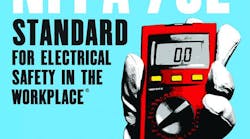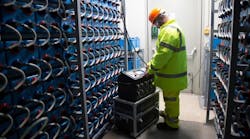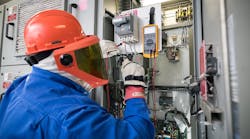The Annexes of NFPA 70E can be very useful. We previously addressed the first 12. Here's an overview of the last four.
Annex M — What if your arc-rated clothing doesn’t have the arc rating you need? By layering clothing, you can achieve the desired arc rating. This Annex explains how this works. Just make sure you understand how it works before you try layering.
Annex N — Are your procedures adequate for working near overhead lines and equipment? Find out by comparing them with the example industrial procedures and policies in this Annex. Note that this section also provides guidance on underground electrical lines and equipment.
Annex O — Some general design considerations may have a significant effect on safety. Thinking these out during the design phase can greatly reduce, if not eliminate, safety risks. For example, this resource describes three incident energy reduction methods. The real clincher here is that taking these steps often costs little or nothing, so in a financial analysis the entire safety benefit is often free.
Annex P — This last Annex is one of the shortest. It discusses aligning the implementation of NFPA 70E with occupational health and safety management standards, with particular emphasis on ANSI/AIHA Z10. The basic point is that NFPA 70E complements, rather than supersedes, other standards.




